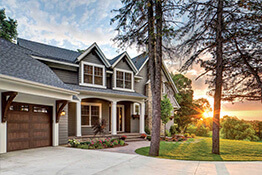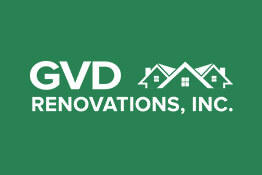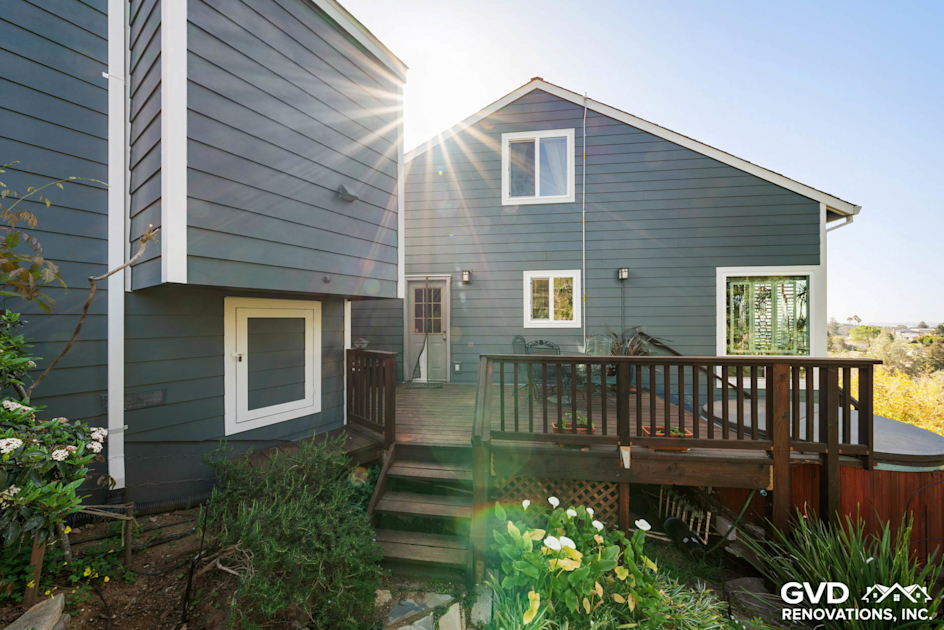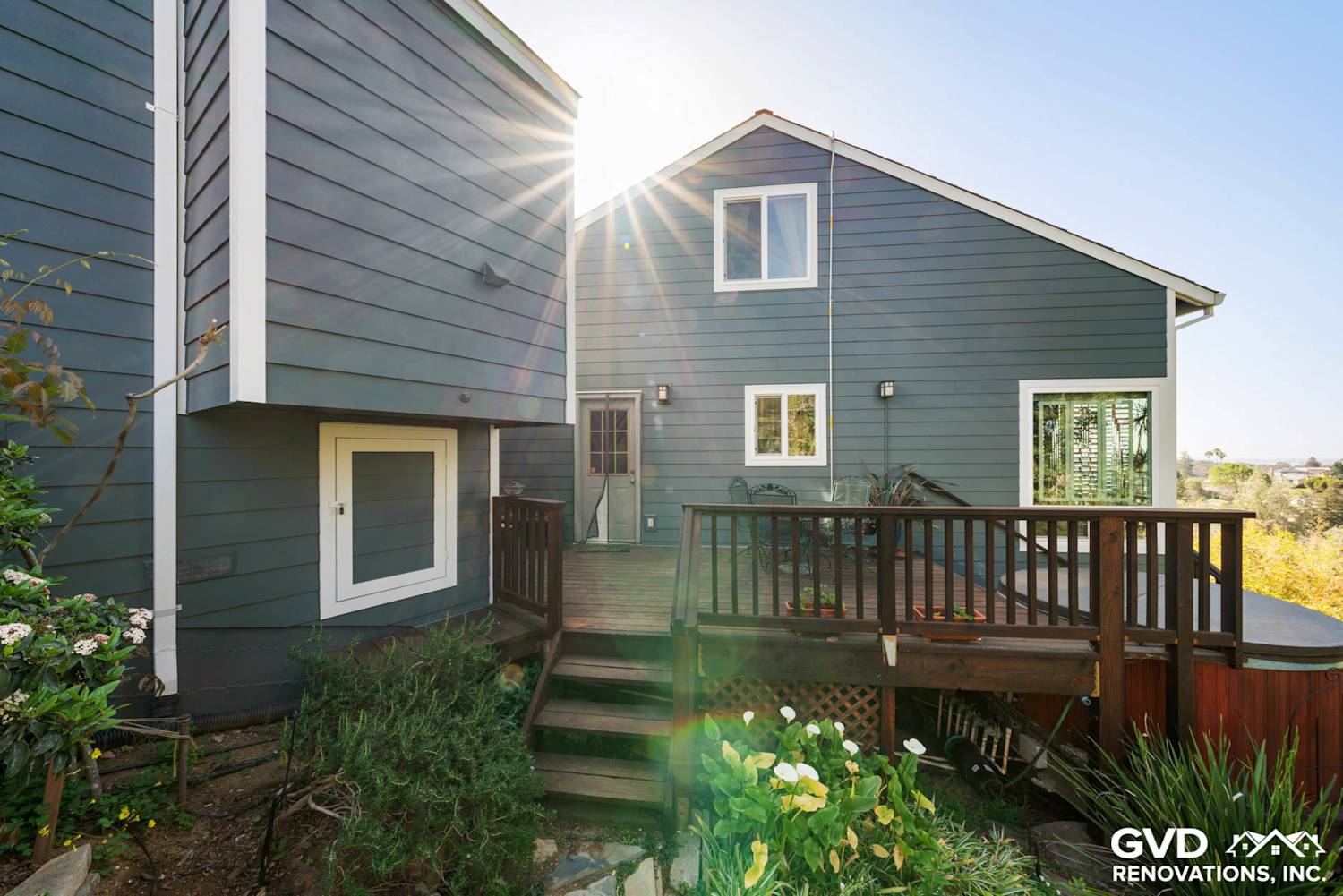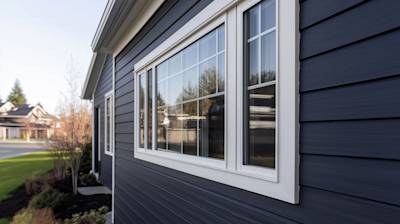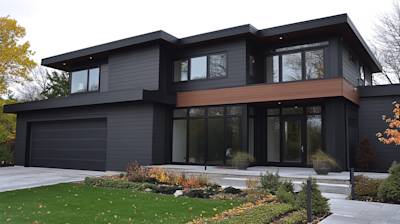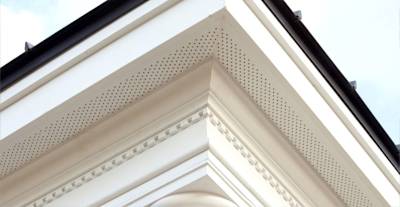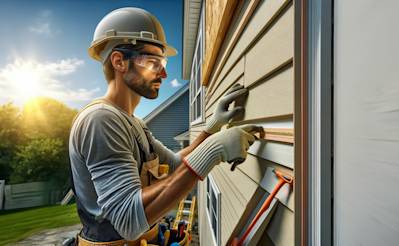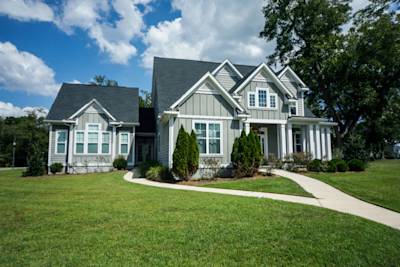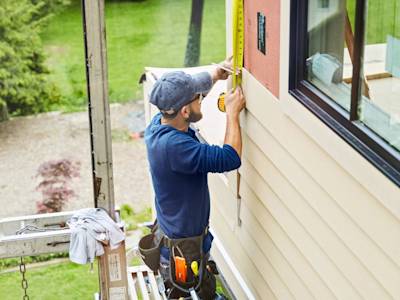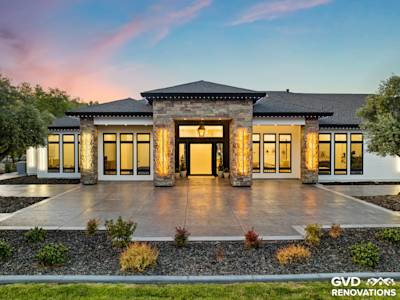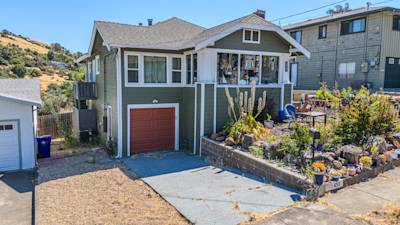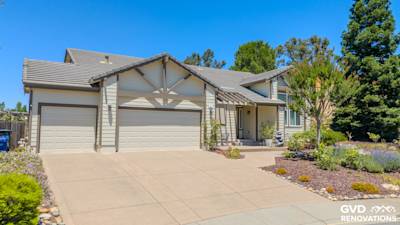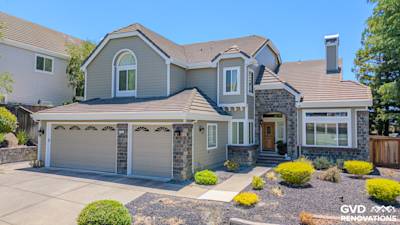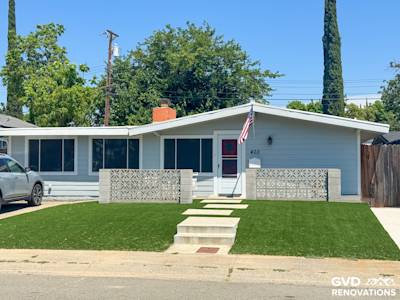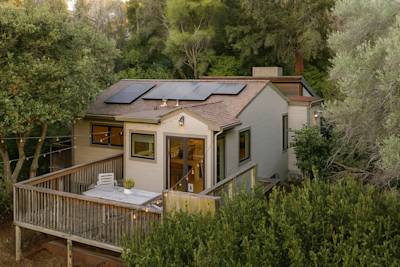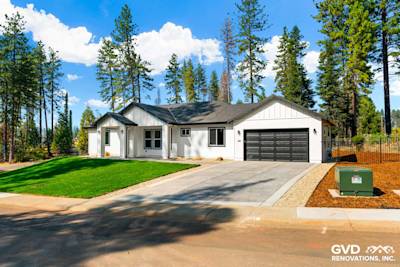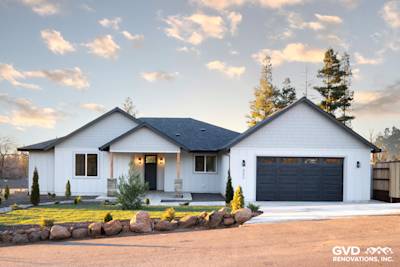Did you know that most sidings withstand winds of up to 110 miles per hour?
Given that siding does not receive the attention it deserves, despite the fact that it is the first aspect that all visitors see, it should. Home siding will make a big difference in the overall appearance of your home.
The right siding can significantly improve the look of your home's exterior. If you're renovating or constructing a home, you'll want to choose the house siding design that better matches the theme of your home. It also must meet your maintenance requirements.
What is lap siding? In the United States, lap siding is one of the most common siding options. The concept technically applies to most horizontal siding installations. It also comes from the way certain kinds of planks overlap with one another.
What are the advantages and disadvantages of lap siding, and is it right for you? Here's what you need to know.
A Brief History of Siding
Thatch is one of the oldest used roofing and walling materials. Dry grass such as long straw, water reeds, or brushed wheat reed was used to make thatch siding. The fabrics were woven and overlapped in designs that deflected and directed water.
Some English settlers coming to America were shipbuilders, and this craft was around for centuries. Shipbuilders were masters at constructing strong ships out of planks of wood nailed to a frame. As a result, they applied shipbuilding methods to residential construction.
They built the house frames out of boards and then nailed longer pieces of wood to the frames. It had the appearance of the side of an old wooden sailing ship. The ‘ship lap' siding, or simply wood ‘lap' siding, was born from this.
Lap Siding Comes in a Variety of Styles
Lap siding is technically divided into many categories, each with its own distinct look, and it can be made of a variety of materials. When it comes to siding repair or installation, learning about siding will help you make the right choice.
Lap Siding the Traditional Way
The standard type of lap siding is when the upper, narrow end of the siding tucks under the wider bottom of the next course. It has a faint shadow or show. Most people think of this when thinking of lap siding today.
On a traditional lap siding, there is less of a bevel on the edge than on a clapboard, and there is less of a shadow on the edge than on a Dutch lap siding. Unless you specify a particular design or installation, such as ship-lap or board-and-batten, a traditional lap would most likely be the one installed on your house.
Board-and-Batten Siding
In the United States, the design emerged as a more functional alternative to the shiplap siding. Barns and houses with board-and-batten siding were influenced by Nordic European architecture and became prominent in America around the middle of the nineteenth century.
Board-and-batten siding is traditionally made up of thick, vertical planks connected by small vertical battens to conceal the seams. Settlers would use sawmills to cut the big boards, and battens would be nailed to keep the frame as airtight as possible.
Settlers adopted the style when constructing barns because it was cheap, assembly was easy, and warm and dry.
Nowadays, large panels are used as the main siding, and the batten strips are mostly decorative, giving home designers a lot of leeway.
Clapboard Siding
Clapboards are and have been one of the most common types of exterior siding for years. Clapboard is a horizontal siding made up of wedge-shaped parts. They're typically narrower at the top and wider at the bottom, and they're mostly made of cedar and are 1/2" thick and 6" tall, with differing lengths.
The siding overlaps one another, with the shape assisting in the creation of an even profile. Clapboard is most common in New England, but it can also be used in other parts of the country.
Clapboards are usually built with 4" of the overall 6" plank open to the elements. Each course has a 2-inch overlap with the next.
Siding With Shiplap
Shiplap siding is a form of siding that overlaps at the top but has very tight tolerances and joints. It resembles the wooden ships of the olden days.
The narrow edge of the prior course sits snugly under the wider bottom edge of the subsequent course in a shiplap. That offers the impression of a nearly flat siding with little exposure and almost no shadow cast.
Dutch Lap or Horizontal Siding
Dutch lap vinyl siding, also referred to as horizontal lap siding, is a typical form of siding. Compared to clapboard siding, the planks used are subtly concave, creating a finer reveal and shadow.
When it was first used, this siding style was very inexpensive to manufacture and build, making it a common option.
Beaded Lap Siding
A shadow line runs along the bottom of each sheet of beaded vinyl siding. It's also known as a 'V' grove. Between the face of the panel and the rounded bead, a distinct shadow line is created by the deep "V" groove pattern. The polished, low-gloss finish resembles newly painted wood.
The top course overlaps the bottom course, creating a more balanced shadow. Beaded laps are less popular than other styles, but they may add a decorative touch.
Vinyl Lap Siding
Vinyl lap siding combines the classic appearance of wood with the low-maintenance benefits of vinyl. The tough vinyl material can withstand intense temperatures, direct sunlight, hail, and strong winds.
In comparison to wood siding, vinyl siding does not require painting or staining. It won't crack, rust, or peel either. Another benefit is that if your lap siding has to be repaired, you'll have to patch the broken plank, making maintenance simple and inexpensive.
Make a Good Impression
Siding will greatly affect a home's look. But remember, siding is not just for beauty. Before repairing or installing your home's siding, make sure you select a material that offers easy maintenance, insulation, and durability, and of course, last but not least, good looks.
Any area faces a unique set of climate problems that, regardless of where you live, slowly but steadily work to diminish the quality of the outside of your home. As a result, close consideration and planning are needed to ensure pleasing, if not eye-opening, outcomes.
Contact us and let us help you determine the right materials, the best layout, and the ideal installation schedule for your renovation or installation.
This article is for general information only and not professional advice. Always consult a licensed contractor before making project decisions. Product details, specifications, or warranties may have changed since publication. Brand and product mentions reflect opinion, not endorsements or guarantees.
Tags: lap siding, lap siding guide,
